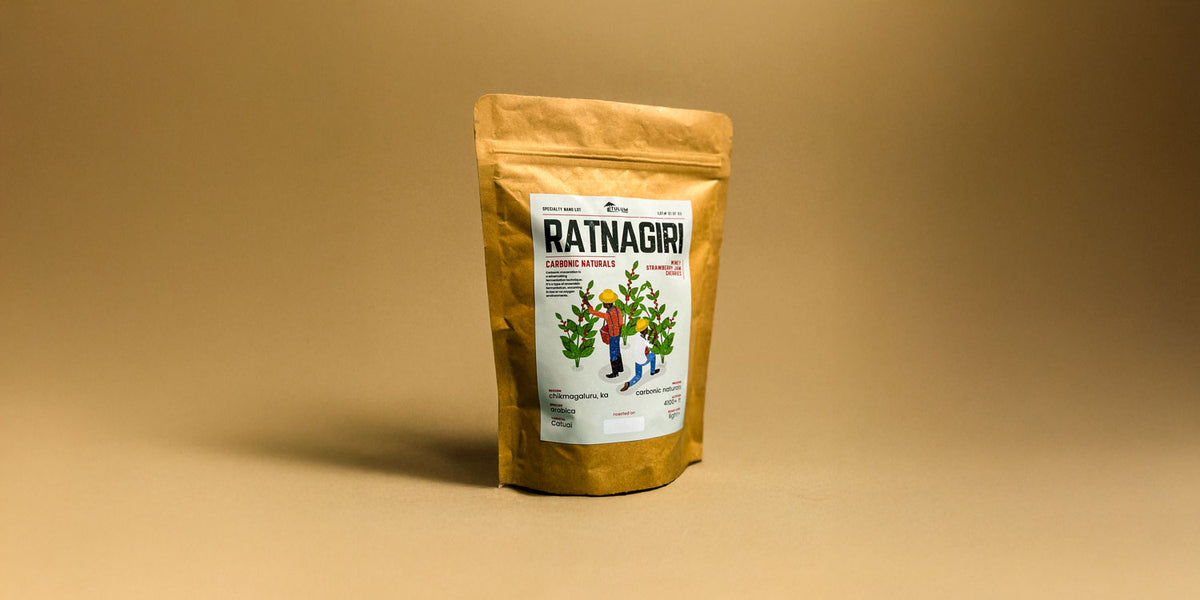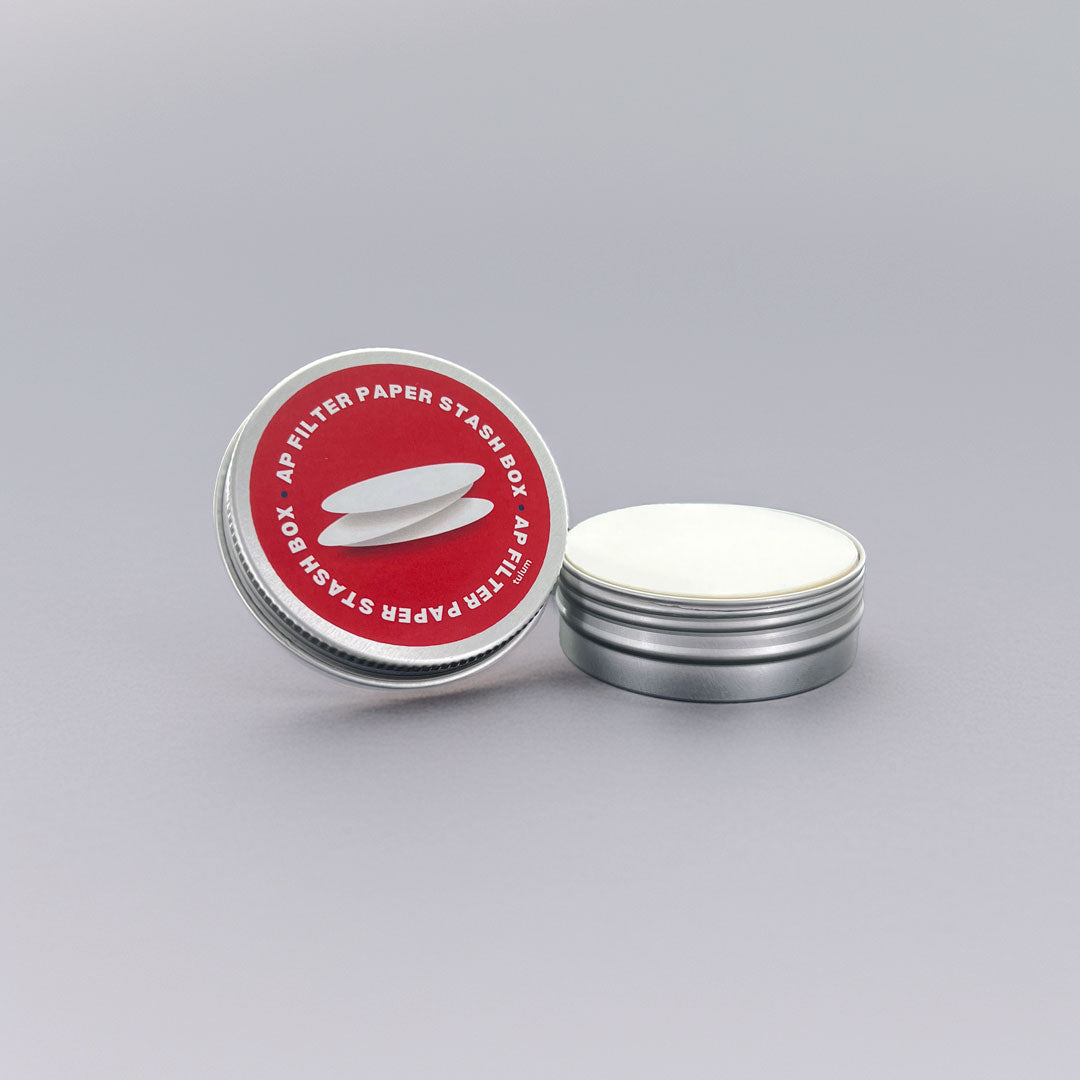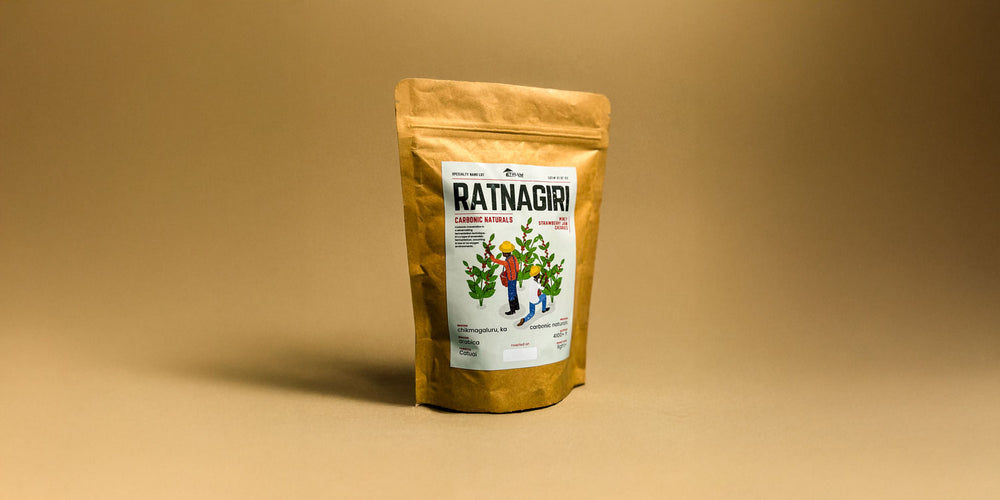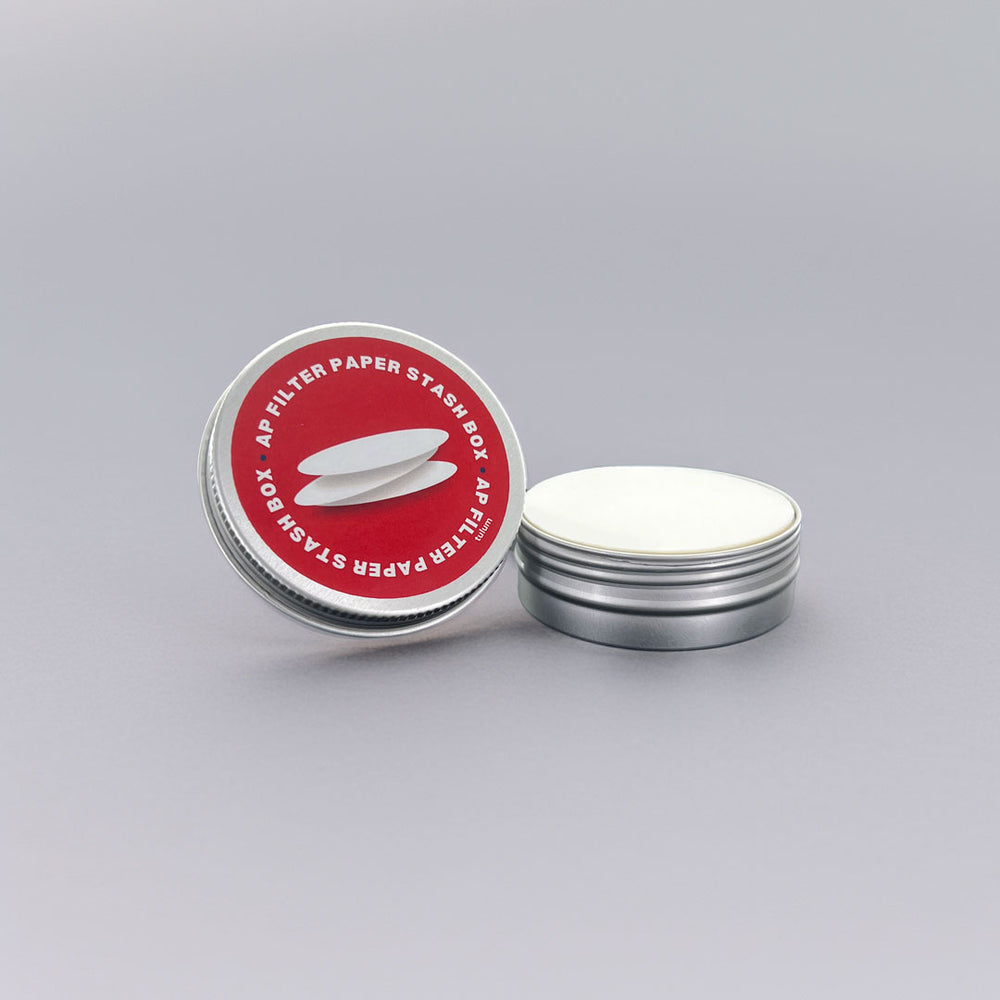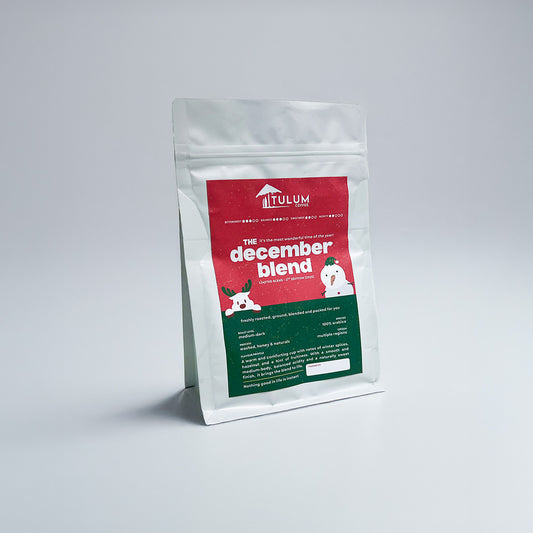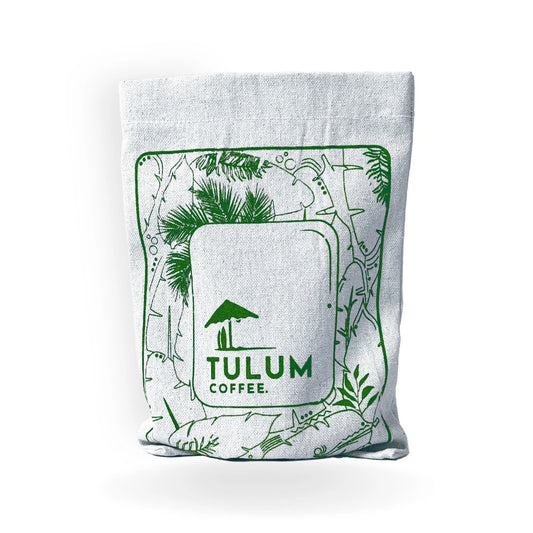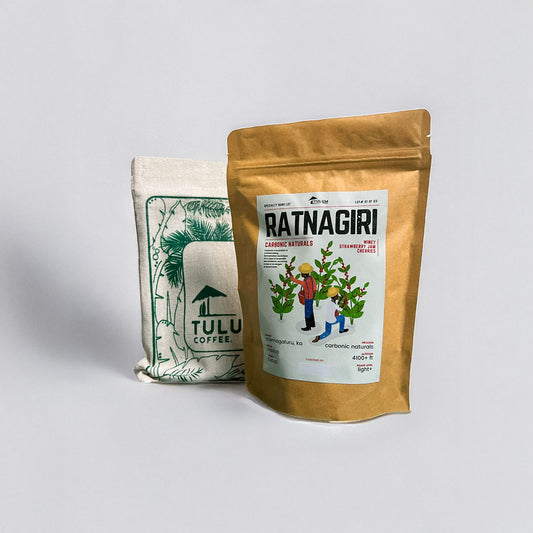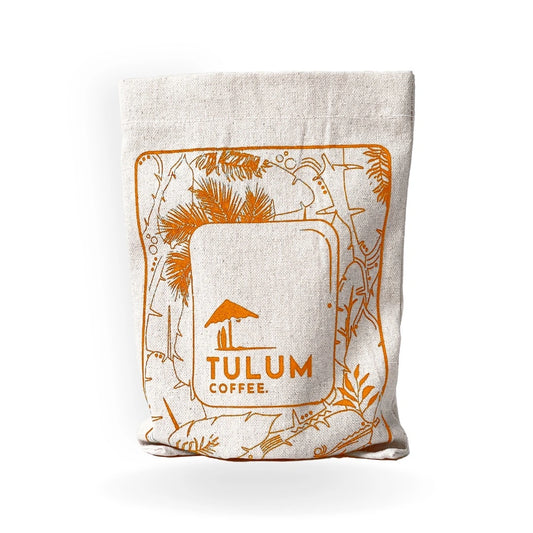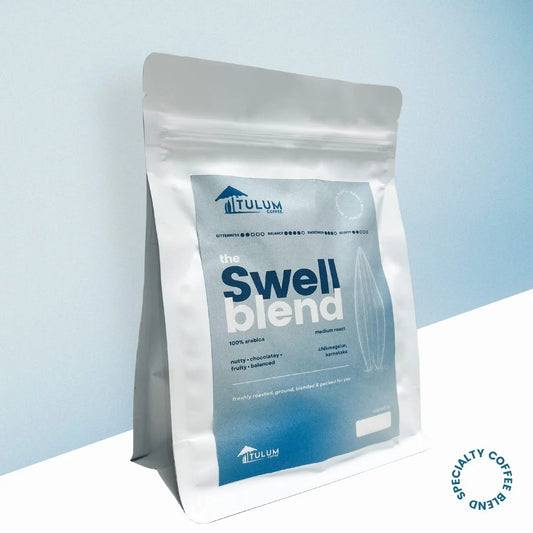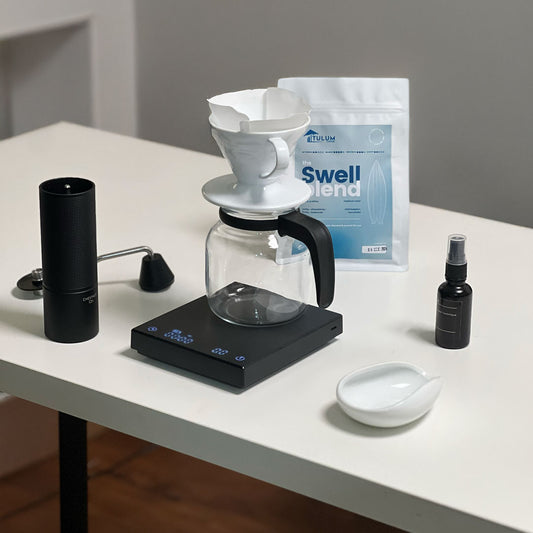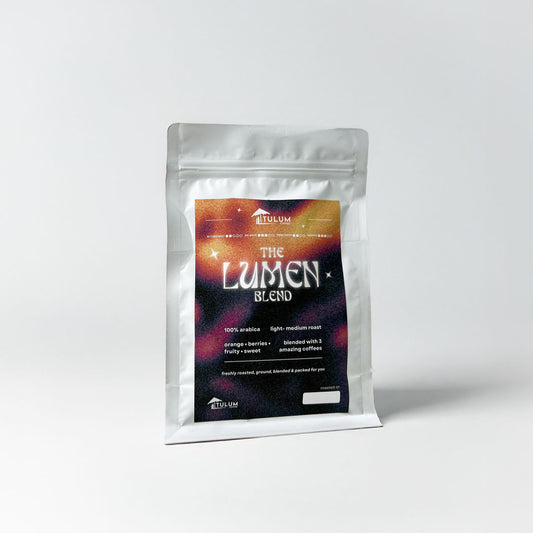What is Coffee Crema & why does if form?
Share
If you've ever enjoyed a well-made espresso, chances are you've marvelled at the rich, golden layer of foam resting gracefully atop your coffee. This frothy layer, known as crema, is not just a visual treat—it's a crucial component of the perfect espresso experience. In this blog post, we'll delve into the world of coffee crema, exploring what it is, why it forms, and its significance in the realm of coffee.
What is Coffee Crema?
Coffee crema is the golden-brown foam that sits atop a freshly brewed shot of espresso. It is formed during the espresso extraction process and is composed of tiny bubbles containing carbon dioxide, oils, proteins, and sugars extracted from the coffee grounds. This creamy layer adds texture, aroma, and flavour to the espresso, enhancing the overall sensory experience.
Why Does Coffee Crema Form?
Crema formation is a result of the emulsification of oils, gases, and soluble solids present in the coffee beans during the brewing process. Several factors contribute to the formation of crema:
- High Pressure: The espresso machine exerts high pressure on the water as it passes through the coffee grounds in the portafilter. This pressure causes the coffee oils and gases to emulsify, creating a colloidal suspension of tiny bubbles.
- Carbon Dioxide Release: Carbon dioxide gas, a natural byproduct of the coffee roasting process, is released from the coffee grounds during extraction. The pressure applied during brewing traps these carbon dioxide bubbles within the liquid phase of the coffee, contributing to crema formation.
- Soluble Solids: As hot water extracts soluble solids from the coffee grounds, they mix with the oils and gases, further contributing to the formation of crema.
Significance of Coffee Crema:
- Flavor Enhancement: Crema enhances the flavour profile of espresso by adding depth, richness, and complexity. The oils and aromatic compounds present in crema contribute to the overall taste experience, balancing out the acidity and bitterness of the coffee.
- Visual Appeal: Beyond its flavour-enhancing properties, crema adds visual appeal to the espresso. A thick, creamy crema layer with a rich golden hue is a hallmark of a well-prepared espresso, signalling quality and craftsmanship to the discerning coffee enthusiast.
- Indicator of Freshness: The presence of crema is also an indicator of the freshness of the coffee beans used in the brewing process. Freshly roasted beans with a high oil content produce more crema compared to stale beans, ensuring a flavourful and aromatic espresso.
Factors Influencing Coffee Crema Formation:
Beyond the basic understanding of what coffee crema is and why it forms, there are several factors that influence the quality and quantity of crema in your espresso:
- Coffee Bean Quality: The quality of the coffee beans used plays a significant role in crema formation. Freshly roasted, high-quality beans with a higher oil content are more likely to produce a thick and creamy crema layer.
- Grind Size and Consistency: The grind size and consistency of the coffee grounds affect the rate of extraction and, consequently, the formation of crema. Finely ground coffee with a consistent particle size allows for optimal extraction and crema formation.
- Brewing Method and Pressure: The brewing method and pressure exerted during extraction also impact crema formation. Espresso machines that maintain consistent pressure throughout the extraction process tend to produce more uniform and stable crema.
- Water Quality and Temperature: The quality and temperature of the water used for brewing can affect the flavor and texture of crema. Using filtered water at the optimal temperature ensures a clean extraction and enhances the overall quality of crema.
- Tamping Technique: Proper tamping technique is crucial for ensuring even distribution of coffee grounds in the portafilter. An evenly tamped puck allows for uniform extraction and contributes to the formation of a thick and creamy crema layer.
Achieving the Perfect Crema:
Now that we understand the factors influencing crema formation, let's explore some tips for achieving the perfect crema in your espresso:
-
Start with Freshly Roasted Beans: Use high-quality, freshly roasted beans to ensure maximum flavour and crema production.
-
Adjust Grind Size: Experiment with different grind sizes to find the optimal balance between extraction and crema formation.
-
Maintain Consistent Brewing Parameters: Keep your espresso machine well-calibrated and maintain consistent brewing parameters, including temperature, pressure, and extraction time.
-
Practice Proper Tamping: Develop a consistent and even tamping technique to ensure uniform extraction and crema formation.
-
Experiment and Fine-Tune: Don't be afraid to experiment with different variables and techniques to find what works best for you. Fine-tuning your espresso-making process is part of the fun and journey towards the perfect cup of coffee.
By paying attention to these factors and implementing the tips mentioned above, you can enhance your espresso-making skills and enjoy a truly exceptional cup of coffee with a rich and creamy crema.
Common Misconceptions about Coffee Crema:
Despite its importance in the world of espresso, there are some common misconceptions surrounding coffee crema that are worth addressing:
- Thicker Crema Equals Better Quality: While a thick and creamy crema layer is often associated with high-quality espresso, it's essential to recognise that crema thickness alone does not determine the quality of the coffee. Factors such as bean freshness, grind size, and brewing technique also play significant roles in the overall flavor and aroma of the espresso.
- Crema Contains Most of the Caffeine: Contrary to popular belief, crema does not contain the majority of the caffeine in espresso. Caffeine is extracted early in the brewing process, regardless of whether crema is present. While crema adds to the overall sensory experience of espresso, its caffeine content is minimal.
- Crema Indicates Freshness: While a thick and creamy crema layer can be a sign of freshly roasted beans, the presence or absence of crema alone does not necessarily indicate bean freshness. Other factors, such as storage conditions and roast date, should also be considered when assessing bean freshness.
- Crema Cannot Be Controlled: While crema formation is influenced by various factors, including bean quality and brewing parameters, it is not entirely uncontrollable. By understanding the factors that affect crema formation and fine-tuning your espresso-making process, you can achieve consistent and desirable crema results.
Conclusion:
In conclusion, crema is a fascinating and integral aspect of the espresso experience, contributing to both the sensory enjoyment and aesthetic appeal of the coffee. By understanding the composition, formation, and significance of crema, coffee enthusiasts can appreciate the artistry behind a well-crafted shot of espresso and elevate their coffee-drinking experience to new heights.


